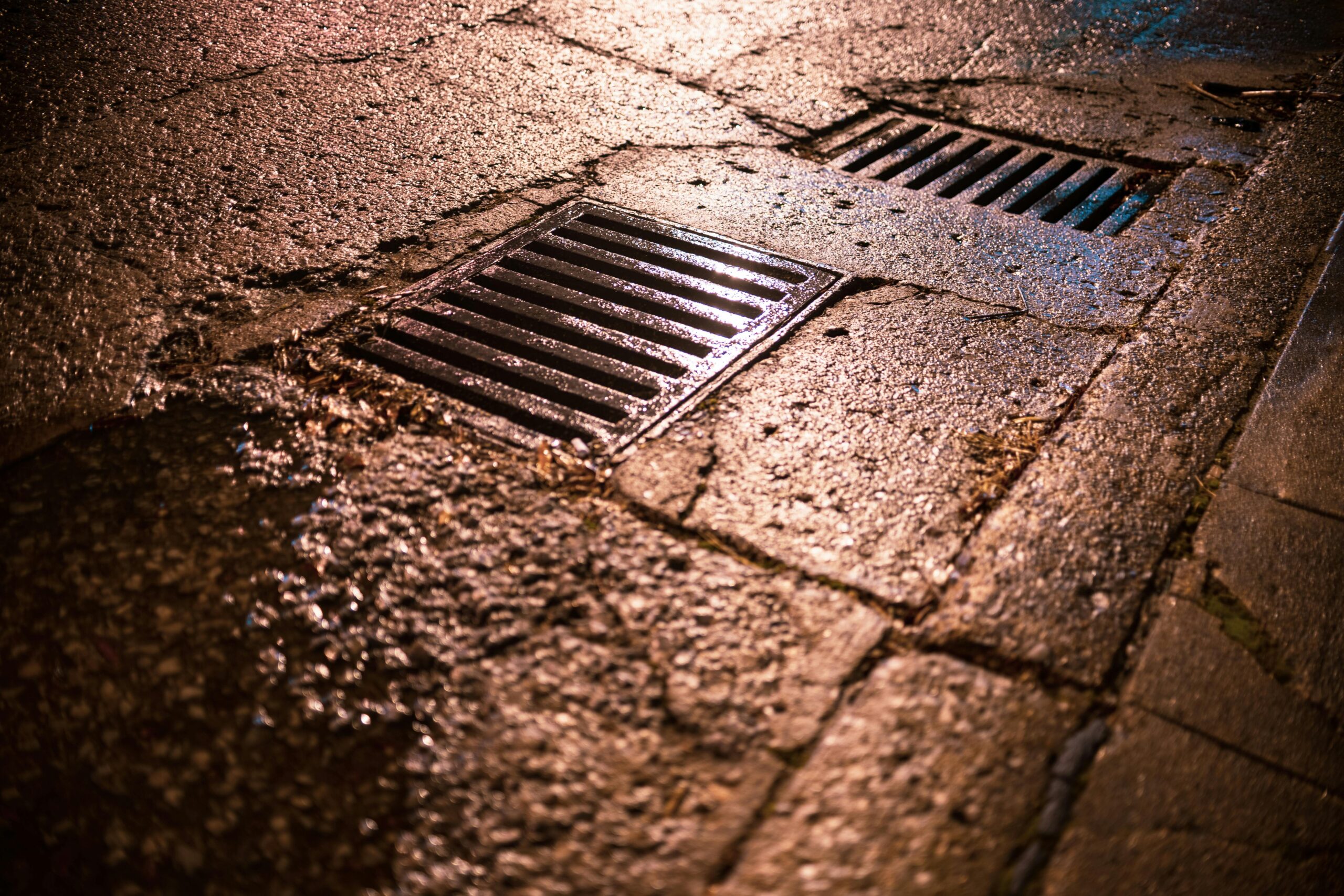In the realm of agronomy, the significance of adept field drainage cannot be overstated. It’s a linchpin in the quest for maximizing agricultural output, ensuring that crops not only survive but thrive. This discourse delves into the essence of field drainage, its pivotal role in agronomy, and the unparalleled solutions offered by https://grodraintile.com/, a beacon for modern agricultural practices aiming for sustainability and efficiency.
The Quintessence of Soil and Water Management
Understanding the balance between soil moisture and the health of crops is akin to mastering the art of agronomy itself. Excessive moisture can suffocate roots, impede oxygen availability, and encourage the proliferation of harmful pathogens. Conversely, inadequate moisture leads to water stress, hindering plant growth and productivity. The science of soil and water management, therefore, is not merely about water removal but achieving an optimal moisture equilibrium that fosters healthy root development and plant growth.
Soil type plays a crucial role in this balance. For instance, clay soils, with their fine texture and high water retention capacity, are more prone to waterlogging. In contrast, sandy soils, with larger particles and greater porosity, facilitate faster water drainage but may struggle to retain adequate moisture. This necessitates a tailored approach to drainage, one that takes into account the unique characteristics of the soil, the water needs of the crop, and the climatic conditions of the region.
Innovative Drainage Solutions for Optimal Crop Yield
The advent of innovative drainage technologies has heralded a new era in agronomy. These solutions range from simple, time-honored practices like contour plowing, which reduces runoff and promotes water infiltration, to advanced systems like sub-surface drainage tiles and smart, sensor-based irrigation systems that precisely control the field’s moisture levels.
A pioneering example can be found in the services provided by https://grodraintile.com/, where custom drainage solutions are developed based on an in-depth analysis of the field’s specific needs. This might include the installation of perforated pipes beneath the soil surface to efficiently remove excess water, thereby preventing root diseases and enhancing soil structure. Moreover, these systems can be integrated with modern agriculture, allowing for real-time monitoring and adjustments based on changing weather conditions and soil moisture levels.
Case Studies: Success Stories in Field Drainage
The transformative power of effective drainage solutions is vividly illustrated through numerous case studies across the globe. One such example involves a wheat farm in the Midwest, where persistent waterlogging had led to significant yield reductions. The implementation of a tailored sub-surface drainage system not only resolved the waterlogging issue but also resulted in a 20% increase in crop yield within the first year.
Another case from a rice plantation in Southeast Asia highlights the efficacy of combining traditional drainage practices with modern technology. By adopting a controlled drainage system that could be adjusted according to the plant’s growth stage, the farm was able to enhance water efficiency, reduce methane emissions, and ultimately increase the yield by 15%.
Implementing Your Drainage Plan
The first step towards a successful drainage strategy is a comprehensive field assessment, which should include soil testing, topographical mapping, and crop requirement analysis. This assessment forms the foundation for selecting the most appropriate drainage solution, whether it be surface ditches, sub-surface tiles, or a combination of various techniques.
Consultation with experts, such as those at https://grodraintile.com/, is invaluable during this phase. Their expertise can guide the customization of the drainage system to fit the specific needs of the field, ensuring that the solution not only addresses current issues but is also adaptable to future challenges.
Maintenance and Monitoring of Drainage Systems
The longevity and effectiveness of a drainage system are contingent upon its maintenance and the regular monitoring of its performance. This includes periodic inspections for blockages or damages, cleaning of outfalls, and the adjustment of components as necessary. In the era of smart agriculture, sensor technology offers the possibility of continuous monitoring, providing data on soil moisture levels, the effectiveness of water removal, and the overall health of the crop.
The Future of Agronomy with Advanced Drainage Solutions
As we stand on the cusp of a new dawn in agronomy, the role of advanced drainage solutions becomes increasingly paramount. The fusion of traditional wisdom with cutting-edge technology paves the way for agricultural practices that are not only more productive but also more sustainable. The exploration of innovative drainage solutions, such as those provided by https://grodraintile.com/, is essential for the agronomy of tomorrow, promising a future where crops thrive, yields are maximized, and the balance with nature is maintained.
Conclusion
In conclusion, the elevation of agronomy through expert-recommended field drainage solutions is a testament to the evolving landscape of agricultural science. As we embrace these advancements, the promise of thriving crops and enhanced food security becomes an attainable reality, underscoring the importance of continued innovation and adaptation in the field of agronomy.

